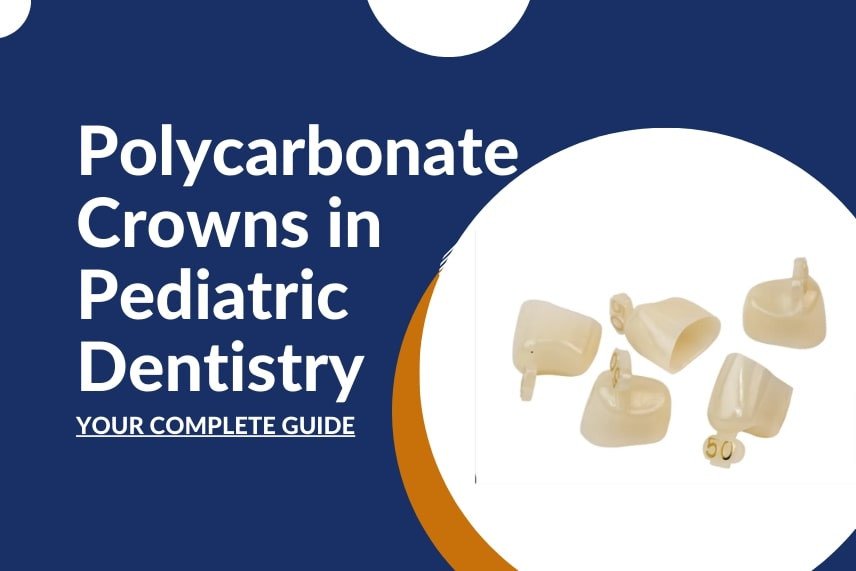Polycarbonate Crowns in Pediatric Dentistry: Your Complete Guide

In the realm of pediatric dentistry, providing effective yet gentle solutions is paramount. Polycarbonate crowns, often referred to as "children's dental crowns" or "baby tooth crowns," stand as a revolutionary option tailored to the unique dental needs of young patients. This comprehensive guide delves into the world of "Polycarbonate Crowns in Pediatric Dentistry," examining their versatile applications, advantages, and the innovative strip crown technique. Whether for children or adults, these crowns ensure healthy smiles and optimal dental care.
Understanding Polycarbonate Crowns
What Are Polycarbonate Crowns? Polycarbonate crowns are tooth-shaped caps crafted from the durable and biocompatible material known as polycarbonate. Primarily designed to restore damaged primary teeth in children, these crowns offer a harmonious balance between aesthetics and functionality, addressing both parental cosmetic concerns and children's oral health needs.
Polycarbonate Uses for Kids and Adults:
Pediatric Dentistry: Polycarbonate crowns find their primary use in pediatric dentistry, restoring extensively decayed primary teeth, fractures, or developmental defects. By applying these crowns, dentists ensure proper chewing, speech development, and protection of primary teeth.
Adult Dentistry: Polycarbonate crowns are also gaining traction in adult dentistry, particularly for those seeking cost-effective and temporary solutions. They are used to restore less visible teeth temporarily, offering durability and esthetic appeal during interim treatments or while awaiting more permanent solutions.
Advantages of Polycarbonate Crowns:
Biocompatibility: Biocompatible properties minimize allergic reactions, ensuring a safe experience for both children and adults.
Esthetic Appeal: Tooth-colored appearance seamlessly blends with natural teeth, addressing aesthetic concerns while restoring functionality.
Durability: Robust enough to withstand active lifestyles, polycarbonate crowns ensure longevity and performance.
Minimal Tooth Reduction: Unlike traditional crowns, minimal tooth reduction is required, preserving the underlying tooth structure.
Are Polycarbonate Crowns Long-Lasting?
Yes, polycarbonate crowns are designed for durability, making them suitable for long-term use in both pediatric and adult dentistry. Their robust construction allows them to withstand the wear and tear of everyday activities, providing a lasting solution for damaged teeth.
Impact on Tooth Transition:
The use of polycarbonate crowns does not significantly impact the transition from primary teeth to permanent teeth. These crowns provide a protective and functional solution for damaged primary teeth while ensuring proper alignment and positioning of incoming permanent teeth.
Strip Crown Technique: Innovating Pediatric Dentistry
The "Strip Crown Technique" is an innovative approach often employed with polycarbonate crowns. This technique minimizes tooth removal while providing secure and natural-looking restorations. By layering crown materials carefully, dentists achieve precise fits, enhancing the overall experience for children and adults alike.
Conclusion
Incorporating polycarbonate crowns in pediatric and adult dentistry underscores a commitment to optimal oral care and patient comfort. These versatile crowns offer numerous benefits, from biocompatibility to esthetic appeal, ensuring healthy smiles that stand the test of time. Whether for young patients or adults seeking temporary solutions, the innovative strip crown technique elevates the standard of care, providing effective dental treatment and a gentle experience.
It's essential to collaborate with dental professionals who understand the unique needs of patients across all age groups. From utilizing polycarbonate crowns to employing advanced techniques, your journey to healthier teeth is guided by expert hands.
